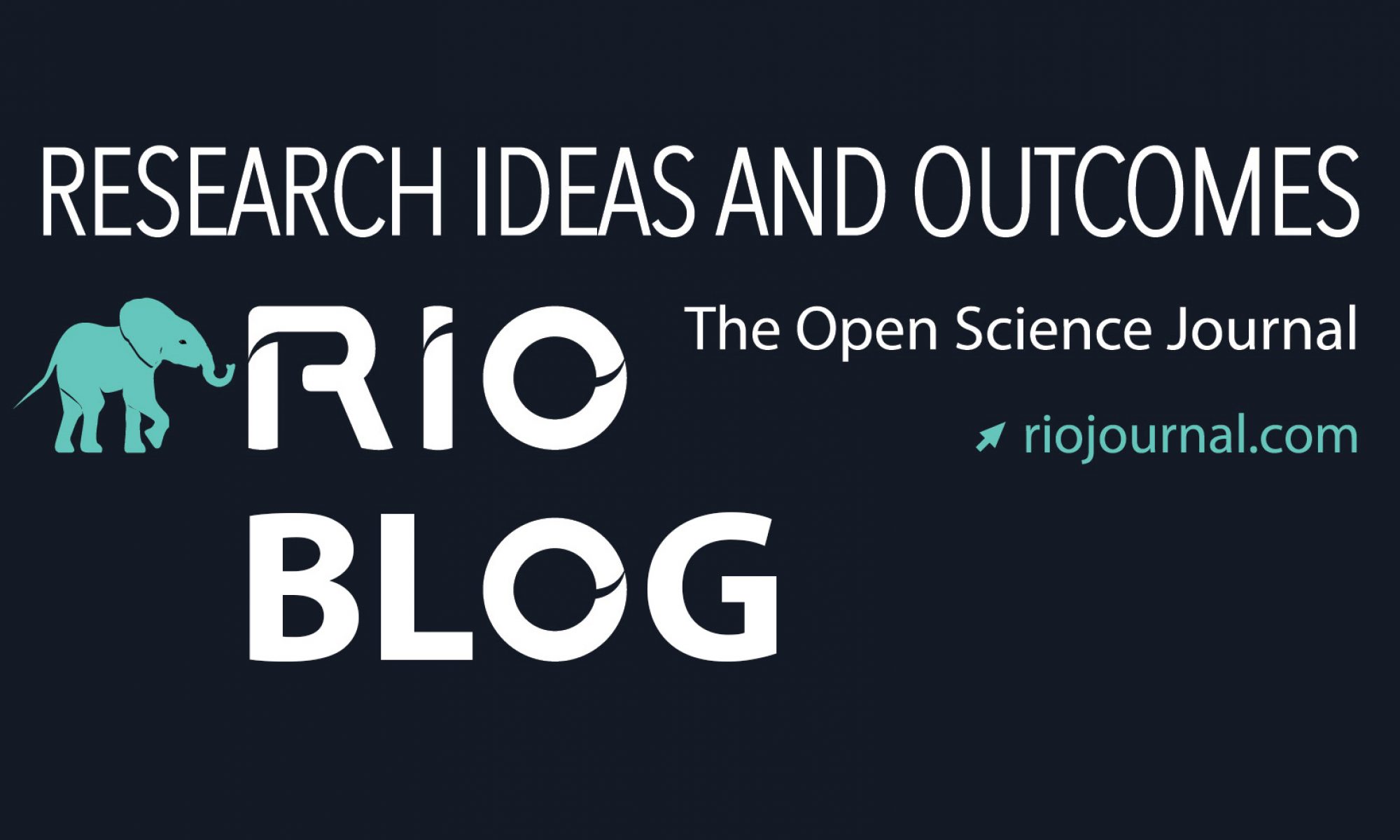A COST Action set to bring together scientists and stakeholders from across 14 countries within Europe
Intermittent rivers and ephemeral streams (IRES) are waterways that cease to flow and sometimes dry. However, there is much left to learn about them, including their occurrence in the landscape, ecology, economic and societal values and incredible biodiversity. For efficient and adequate management and protection actions, these knowledge gaps need to be closed sooner rather than later.
In a call for a better understanding of IRES and their vital role in nature, a large international team, led by Dr. Thibault Datry, a freshwater ecologist working at IRSTEA, Lyon, France, has initiated the “Science and Management of Intermittent Rivers and Ephemeral Streams (SMIRES)” project. Their grant proposal, as approved for funding by the European framework COST, is published in the open science journal Research Ideas and Outcomes (RIO).
This COST Action brings together hydrologists, biogeochemists, ecologists, modellers, environmental economists, social researchers and stakeholders from 14 countries from around the continent. The aim of the interdisciplinary team is to develop a research network for synthesising the fragmented knowledge on IRES. In turn, improved understanding of IRES will translate to a science-based, sustainable management of river networks.
Along with networking between scientists and stakeholders, the Action will accommodate a whole set of good practices, including data sharing, technology development and citizen science.

Amongst the goals of the project are the creation of two meta-databases providing open data about IRES research activities and flow stations with intermittent flows; a proposal for novel indicators and technologies to assess changes and associated ecological responses in IRES; and the development of a European-scale network of citizen scientists to monitor, locate and map river flow states with the help of smartphone technology.
Having been ignored in conservation policies and initiatives, IRES are being degraded at an alarming rate. Water extraction, flood harvesting, river impoundment, channel modification, land-use change and mining are only part of the threats faced by IRES across Europe. In many areas, they are even used as disposal areas. For others, they are channelled underground or connected to larger water bodies as a means of flow augmentation, which could potentially lead to the spread of invasive species.
The researchers point out that lack of recognition and understanding lead to the rapid degradation of IRES.
###
Original source:
Datry T, Singer G, Sauquet E, Jorda-Capdevilla D, Von Schiller D, Subbington R, Magand C, Pa?il P, Miliša M, Acuña V, Alves M, Augeard B, Brunke M, Cid N, Csabai Z, England J, Froebrich J, Koundouri P, Lamouroux N, Martí E, Morais M, Munné A, Mutz M, Pesic V, Previši? A, Reynaud A, Robinson C, Sadler J, Skoulikidis N, Terrier B, Tockner K, Vesely D, Zoppini A (2017) Science and Management of Intermittent Rivers and Ephemeral Streams (SMIRES). Research Ideas and Outcomes 3: e21774. https:/



